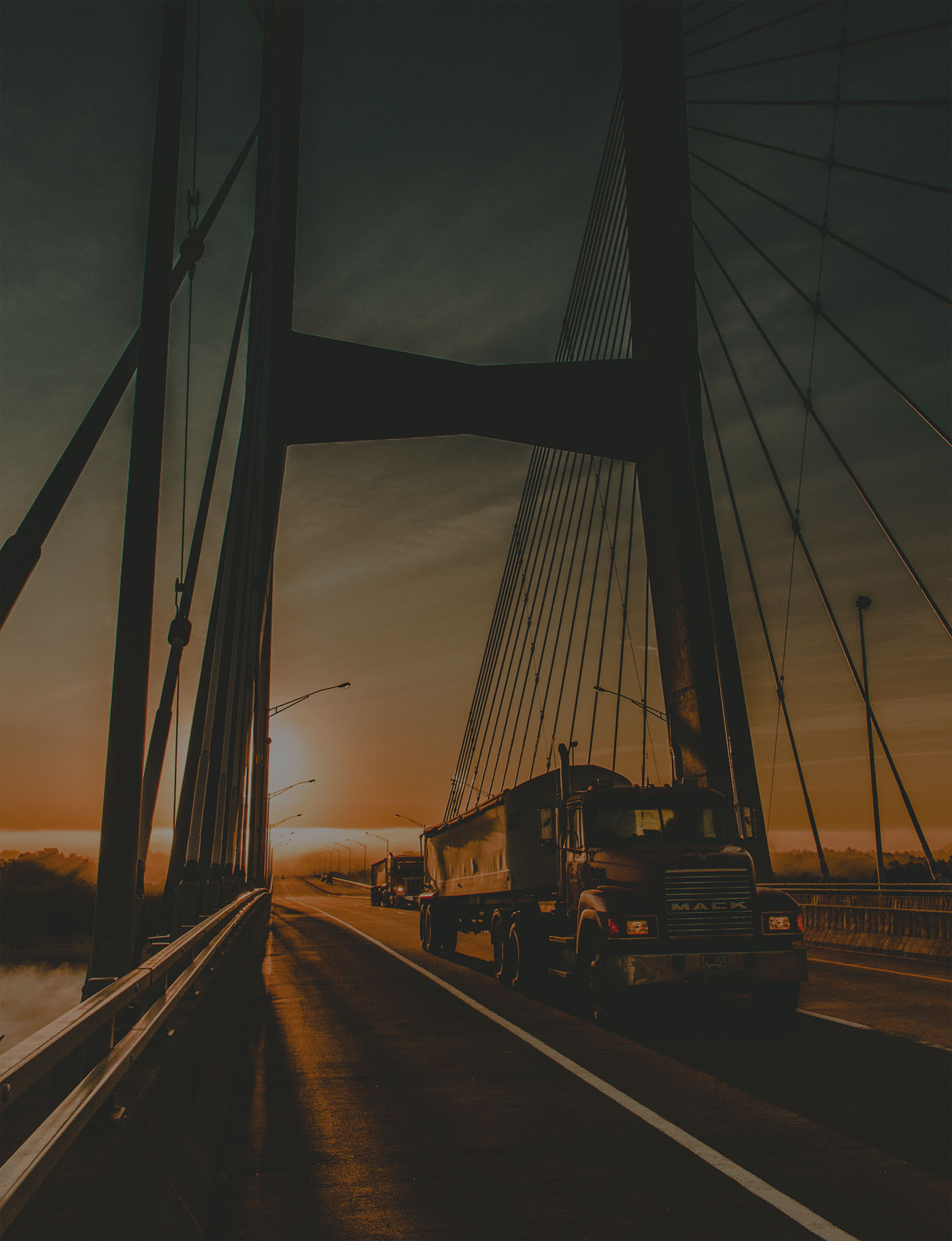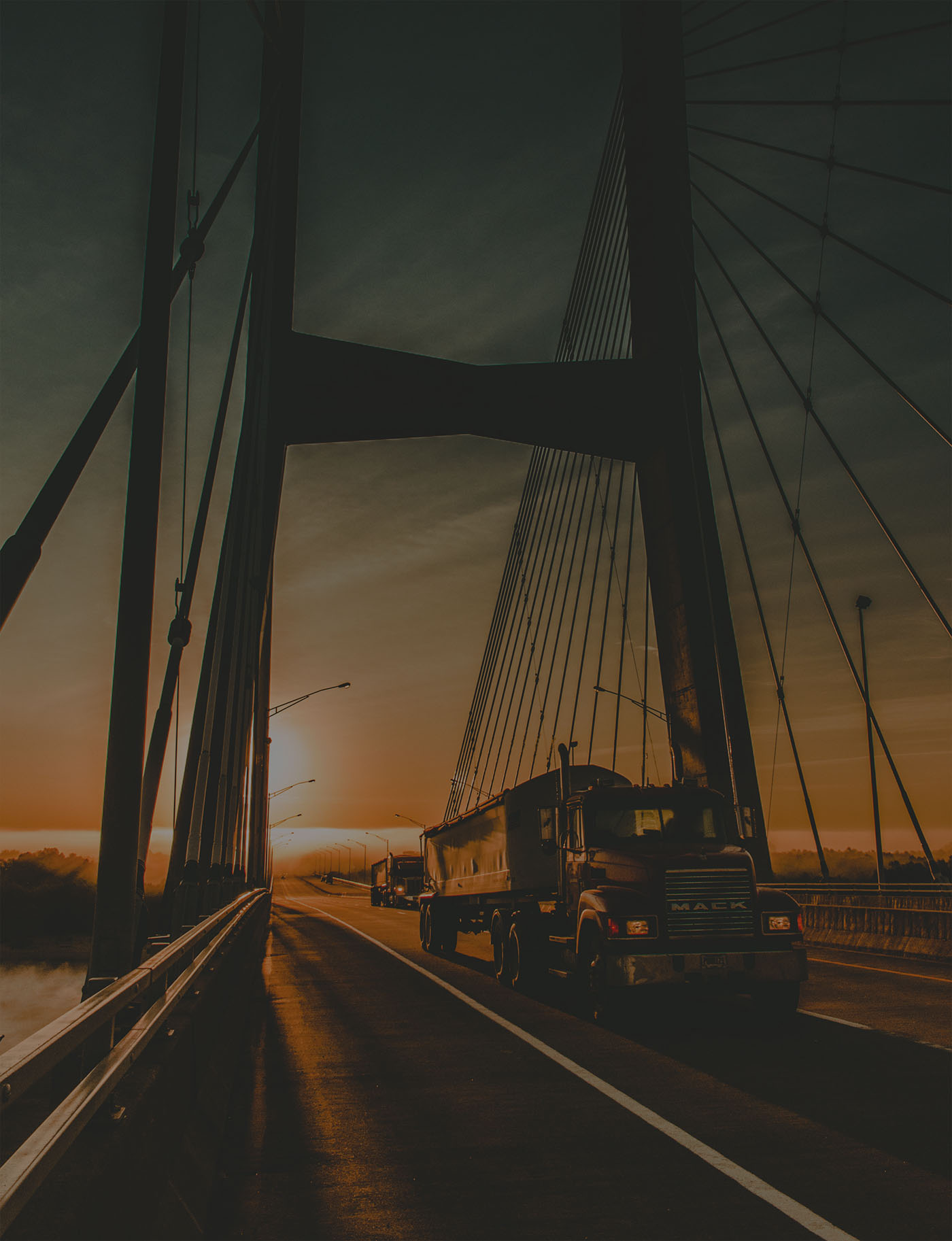3 Logistics Trends to watch in 2020
Get ready to leverage your connectivity in the New Year.
Technology will continue to shape the logistics landscape in 2020, as companies experience greater connectivity, better access to data, and more widespread use of analytics and artificial intelligence, according to Brian Hodgson, senior vice president of industry strategy for logistics technology provider Descartes. Hodgson recently spoke with DC Velocity about the continued transformation of the supply chain, which is being driven in large part by today's "customer experience economy."
"Transportation and supply chain [companies are facing] continued pressure to be more agile and make decisions more quickly," due to heightened customer expectations Hodgson said, adding that such conditions are "driving a lot of change in our customer base—[among] shippers and on the 3PL side."
Those changes include the creation of tighter logistics networks, the use of data-as-a-service (DaaS), and a greater ability to use analytics for better and faster decision making. Here's a closer look at each trend:
LOGISTICS NETWORKS
Supply chain networks are connecting logistics parties more tightly, Hodgson says, noting that the industry is transitioning from legacy point-to-point EDI networks to real-time, API, collaborative networks. At the same time, new "specialty" networks have emerged that connect parties and that also integrate in the larger networks. These include real-time freight visibility; IoT networks for tracking assets such as containers, pallets, and unit load devices; and capacity networks, he explains.
"This is creating increased visibility and collaboration, which results in improved asset and fleet utilization, better inventory control, and reduced congestion and detention," Hodgson says.
Tighter networks are also helping logistics firms create a "frictionless experience" for the customer, allowing them to "digitize" services such as payment, fulfillment, and shipment monitoring, to name a few.
"Reducing that friction and cost—and providing better service—is really what it's all about," he adds.
DATA-AS-A-SERVICE
The explosion of data available today creates a key question for organizations large and small: How do you consume data and use it effectively? DaaS programs harmonize data and provide it as a service for downstream applications, Hodgson explains.
"This may include data on truck locations [and] routes, and data to identify warehouses and their congestion," he says. "Additionally, information on trading lanes, volumes at ports, and shipments from overseas suppliers can be leveraged in applications for sourcing, transportation, and carrier negotiation."
Normalizing data across different sources—multiple carriers, for example—makes it easier to consume on the customer side, he adds.
ANALYTICS AND AI
The ability to analyze data with more sophisticated (and accessible) tools, including AI, will create a wave of better decision making for many companies—the ultimate answer to the need for greater supply chain agility.
"With the growth of networks and data, the ability to leverage analytics for better and faster decision making is unprecedented," Hodgson explains. "New technology for visualization and benchmarking is making its way into operational teams to enable more agile supply chains. As the data quality increases, artificial intelligence can further accelerate supply chains by using data to improve carrier selection, identify new sources of products, classify products for global trade more quickly, [and so forth]."
[Credit]


